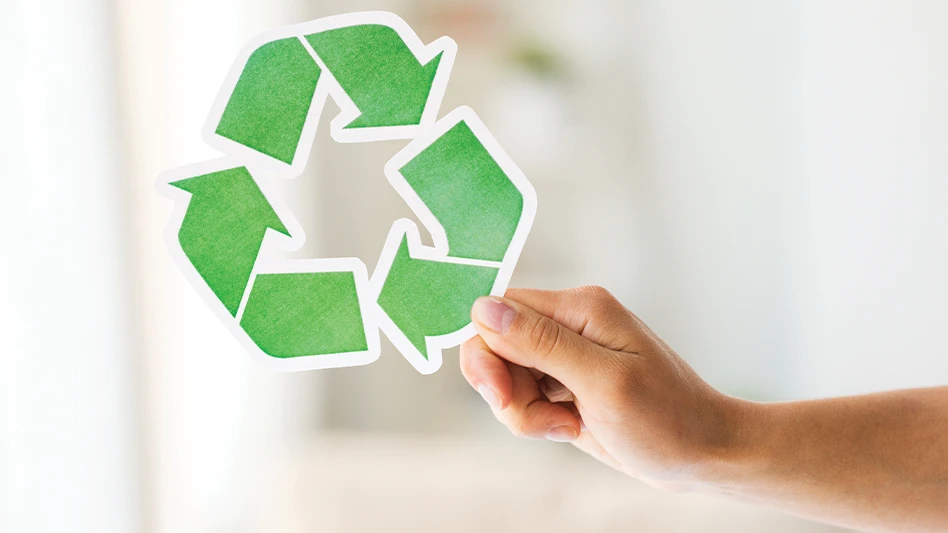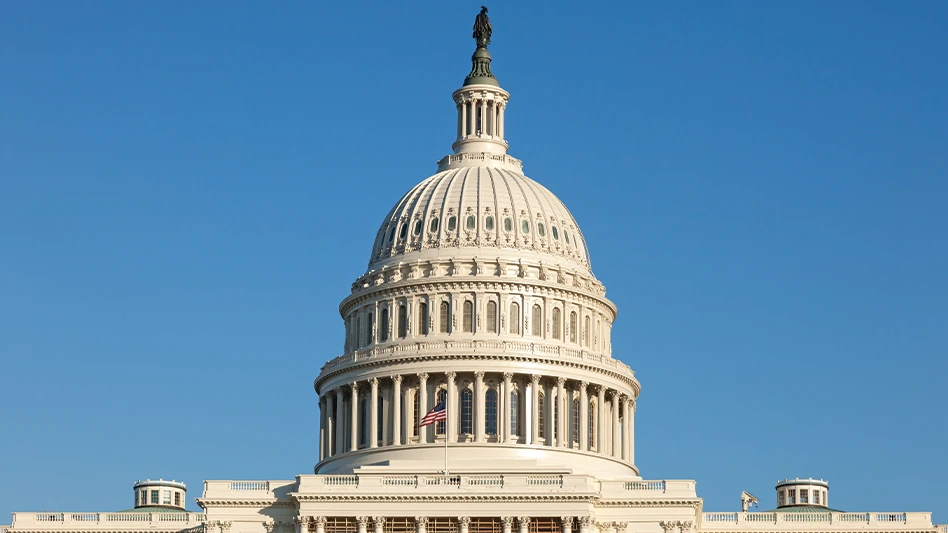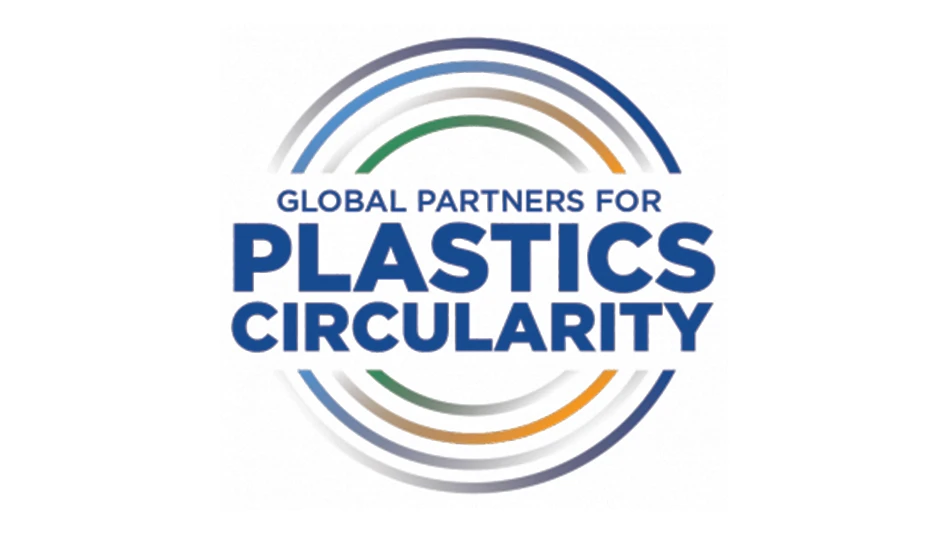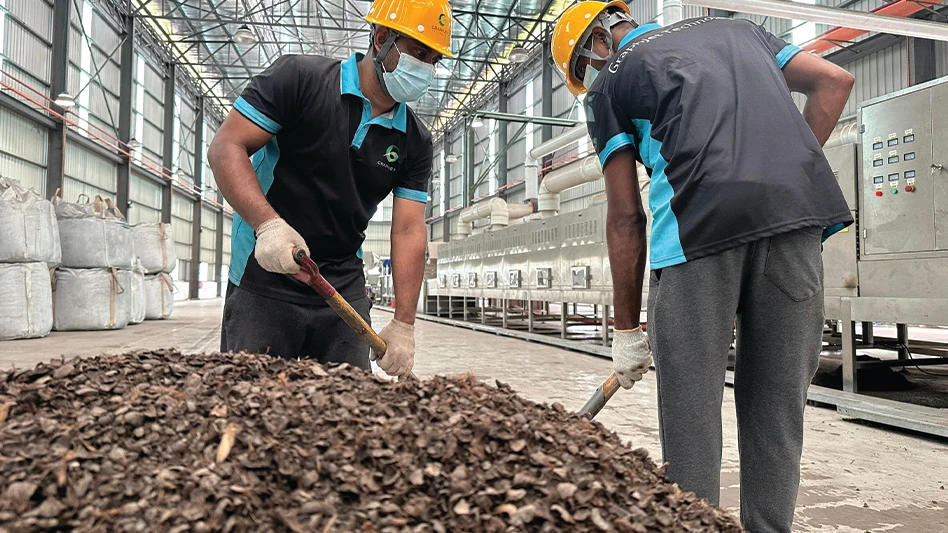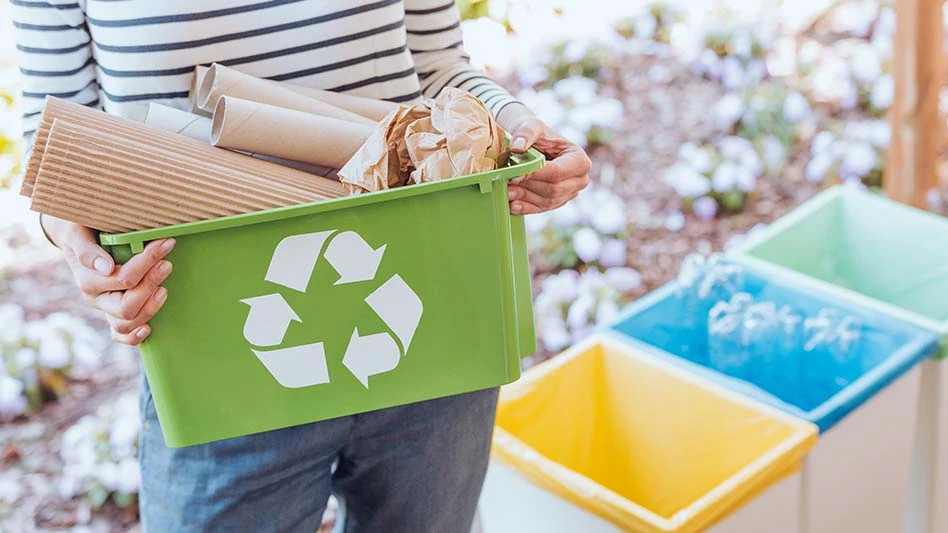
Katarzyna Bialasiewicz Photographee.eu | stock.adobe.com
It is a time of year when we can make meaningful resolutions in support of the essential role the paper industry plays in the circular economy. Why? Because there is a tremendous amount of good that can be generated from these sustainable products that are so easily recycled.
That includes cardboard boxes as well as other packaging like paper padded mailers. These packaging items are accepted for recycling in curbside bins or at drop-off facilities across the country. In fact, most Americans, 94 percent, have access to community paper recycling programs.
Thanks to the millions of Americans who recycle every day, the paper industry has consistently achieved high recycling rates. Last year, nearly 68 percent of all paper used in the U.S. was recycled, including more than 93 percent of all cardboard.
Especially with online shopping continuing to trend
upwards, it is important Americans actively recycle paper packaging at
home. Our U.S. paper mills want to recover that material and then turn things
like your cardboard box into something new.
Recycling boxes is simple. Just remember to empty the
box, break it down flat, and place the cardboard into the recycling bin to keep
it dry and clean.
To ensure paper products and cardboard boxes are recycled into something new, the quality of items put in the recycling bin matters. An effective recycling system works best when “wishcycling” is avoided. Wishcycling is mistakenly putting something into the bin hoping or assuming that it can be recycled. This can disrupt the recycling stream and add additional costs to the system. For specific questions, be sure to check with your local municipality for guidance.
Recycling properly by ensuring that only the right
materials go into the bin is part of what makes paper recycling such a success.
After your used paper and paper packaging products are placed into the
recycling bin, paper mills turn that material into recycled fiber.
In fact, about 80 percent of U.S. paper mills currently use
recycled fiber which then goes on to become a new product, like another
cardboard box, a paper bag, or even tissue products.
The paper industry also has a goal to increase the use
of secondary materials like recycled paper in new products to 50 percent by 2030. To help achieve this, our industry has already
completed or announced nearly $7 billion in manufacturing investments between
2019 and 2025. This will allow our industry to use more than 9 million additional
tons of recycled fiber in our manufacturing processes.
Many online retailers are also working to use
sustainable paper packaging and products. For instance, companies like Walmart and Amazon have recently made the switch to paper padded mailers to ship products in recyclable packaging. And for
many e-commerce companies, cardboard is already the preferred sustainable
packaging material because of its durability, convenience, and
recyclability.
As we embark on a new year, it’s important to remember
that each of us plays a role in the circular economy. From paper shopping bags
and wrapping paper to greeting cards and gift lists—these are things that
have been created from a renewable resource and can and should go in the
recycling bin. Paper is a sustainable material and widely recyclable. It is
also a gift that will keep on giving for years to come.
Heidi Brock is president and CEO of the American
Forest & Paper Association (AF&PA) in Washington.
Latest from Recycling Today
- Speira commissions new furnace in Germany
- ABB report portrays paper sector circularity, emissions reduction
- RMDAS and Davis Index numbers portray stalled ferrous market
- Attero adds NGO veteran to its board
- AMCS launches the AMCS Platform Winter 2024
- Cirba Solutions celebrates construction milestone at Ohio plant
- Study outlines plan to transition US plastic packaging, textiles to circular systems by 2040
- WM releases 2024 recycling report
